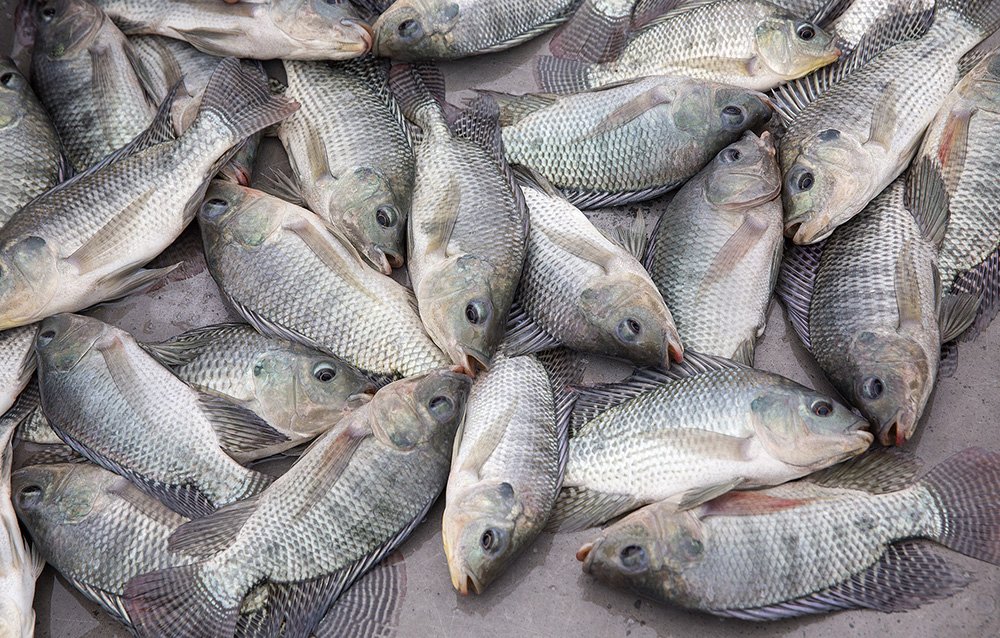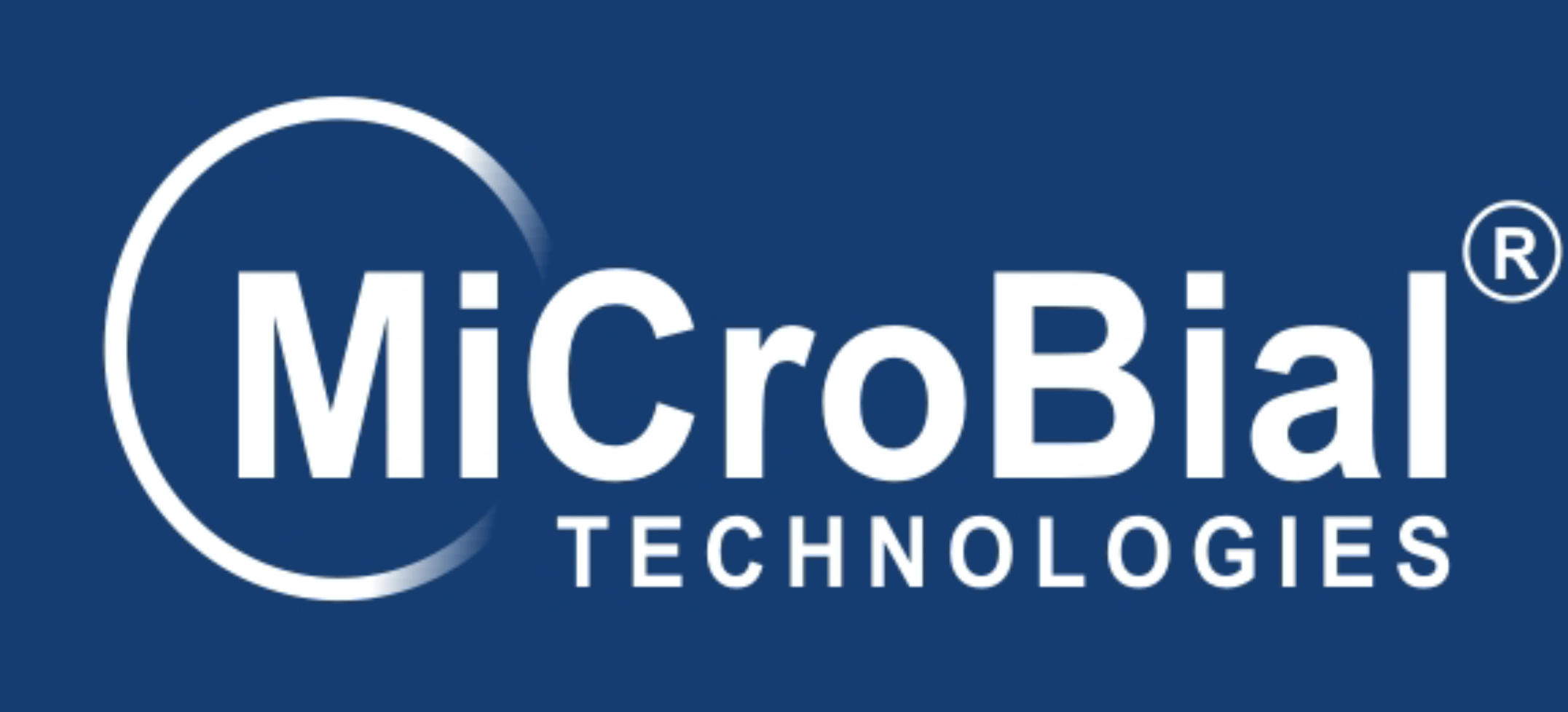What is application of probiotics and its benefits in aquaculture?

There is growing interest in the use of beneficial bacteria, probiotics, as an alternative strategy to antimicrobial compounds for disease prevention and control in aquaculture. These naturally occurring bacteria exert their beneficial effects on the host by modifying the microbial community associated with the host, by ensuring improved use of the feed or enhancing its nutritional value, or by enhancing the host response towards disease. At the animal level, probiotics improve the growth and survival of fish and shrimp by modifying the host-associated or ambient microbial community.
Due to urbanization and high density population, there is serious increment in pollution of aquaculture ponds, lakes & lagoons, its affecting survival & mortality rate of aquatic life and water quality which ultimately affecting aquaculture industry and human health and environment as well.
What are Probiotics in Aquaculture? Probiotics are live beneficial micro-organisms applied to a complex system or environment to improve efficiency, health and vitality in humans, animals, plants and the overall ecosystems including industrial activities. They are “live microbial food supplement that benefits the host (human or animal) by improving the microbial balance of the body. Probiotics are “monocultures or mixed cultures of microorganisms applied to animals or humans that benefit the host by improving properties of indigenous micro flora”.
These are microorganisms having an action against bacteria by changing intestinal micro bacteria, secreting antibacterial substances fighting with pathogens to prevent their sticking to the intestine, fighting for nutrients needed for their life. Probiotic microorganisms modulate the immune system, regulate allergic sensitivity of the human body, and reduce spread of cancer. Most of the bacteria have less life in the intestine, due to continuous consumption of food and water, along with microorganisms present in them. These include gram-positive bacteria such as Bacillus, Enterococcus, and gram-negative, facultative anaerobic bacteria like Pseudomonas, and fungi, yeasts, and algae of the genera Saccharomyces.
How Probiotics does work? The effect of probiotics is linked to the gastrointestinal tract and effects on incidence of diarrhea and other gut infections were expected. In general, the mode of action of probiotic feed additives is mainly based on competitive exclusion, bacterial antagonism, and immune modulation.
Competitive Exclusion: Competitive exclusion is defined by the ability of normal micro flora to protect against the harmful establishment of pathogens. The concept of competitive exclusion indicates that cultures of selected, beneficial microorganisms, supplemented to the feed, compete with potentially harmful bacteria in terms of adhesion sites and organic substrates (mainly carbon and energy sources). The adhesion to the digestive tract wall could be for different purposes, to prevent colonization by pathogenic microorganisms or to compete for nutrients.
Adhesion to the digestive track wall to prevent colonization by pathogens – Detrimental bacteria need to become attached to the gut wall to exert their harmful effect. Нerefore, an expected effect of the addition of probiotics to the gastrointestinal tract is an increase in normal micro flora colonization with inhibition of the adhesion of harmful pathogens on the intestinal epithelium, thereby blocking receptor sites and preventing the attachment of other bacteria including harmful species. By doing so, the probiotic bacteria exclude pathogens and thus prevent them from causing infection. The mechanism of colonization is suggested to be associated with certain species within the micro flora which can influence the expression of glycol conjugates on epithelial cells that may serve as receptors for the adhesion of bacteria.
The growth of E. coli was successfully inhibited by different strains of Lactobacilli. Moreover, it has been reported that, a combination of different lactic acid bacteria significant reduced the levels of Salmonella in fecal contents of broilers which had been orally inoculated with the pathogen. In addition, in piglets, attachment of E. coli to the small intestinal epithelium has been reported to be inhibited by dietary supplementation with Enterococcus faecium.
Competing with pathogens from nutrients in the gut: Probiotics may compete for nutrients and absorption sites with pathogenic bacteria. In addition, competition for energy and nutrients between probiotic and other bacteria may result in a suppression of pathogenic species. The gut is such a rich source of nutrients that it may seem unlikely that microorganisms could not find sufficient food for growth. Probiotics possess a high fermentative activity and stimulate digestion. Lactobacilli are known to produce lactic acid and proteolytic enzymes which can enhance nutrient digestion in the gastrointestinal tract.
Bacterial Antagonism: Probiotic microorganisms, once established in the gut, may produce substances with bactericidal or bacteriostatic properties. Bactericidal activity: Lactobacilli ferment lactose to lactic acid, thereby reducing the pH to a level that harmful bacteria cannot tolerate. Hydrogen peroxide is also produced, which inhibits the growth of Gram-negative bacteria. These substances have a detrimental impact on harmful bacteria, which is primarily due to a lowering of the gut pH.
Neutralization of Enter toxin Produced by Pathogens that can cause Fluid Loss: Probiotic bacteria produce a variety of substances that include organic acids, antioxidants and bacteriocins. These compounds may reduce not only the number of viable pathogenic organisms but may also affect bacterial metabolism and toxin production. Bacteriocins produced by lactic acid bacteria have been reported to be able to permeate the outer membrane of gram-negative bacteria and subsequently induce the inactivation of gram-negative bacteria in conjunction with other enhancing anti-microbial environmental factors such as low temperatures, organic acids and detergents.
Immune Modulation: Probiotics act as a stimulus for the immune system. Microbial communities can support the animal’s defense against invading pathogens by stimulating gastrointestinal immune response. This may aid the development of the immune system by stimulation of the production of antibodies and increased phagocytic activity. Some probiotic strains such as Lactobacillus have proven to be capable of stimulating the immune system. The immune system to be stimulated in two ways, They can either migrate through the gut wall as viable cells or multiply to a limited extent or antigens released by the dead organisms can be absorbed and stimulate the immune system directly. It is the product of this change which induces the immune response.
MiCroBial Technologies provide an alternative solution for the use of chemicals and antibiotics in aquaculture applications.
MiCroBial Aquaculture is a natural bio-catalyst made via a novel fermentative process. MiCroBial Animal Probiotics consists of selected consortium of probiotics and enzymes. These microbes produce different types of enzymes as amylase, protease, lipase, Cellulase and other types of enzymes etc. MiCroBial Animal Probiotics works in aerobic and facultative anaerobic conditions as it contents aerobic and anaerobic microbes.
Our MiCroBial Technologies products for Aquaculture are
MiCroBial Aquaculture – This product can be used to prevent accumulation of ammonia, nitrate, nitrite & hydrogen sulphide along with improvement in water quality of aqua system.
MiCroBial Feed Supplement – This product can be used as feed supplement to improve digestion of food and helps in increasing body weight of animals.
MiCroBial Aqua Supplement – MiCroBial Aqua Supplement is a combination of different minerals in certain compositions which are highly useful in aquaculture. It provides all the necessary strength that is required for the pond
MiCroBial Gut – MiCroBial Gut probiotics used a an prophylaxis treatment to prevent different infections in aquatic animals by preventing the growth of pathogens.
